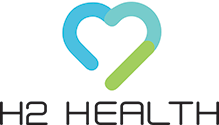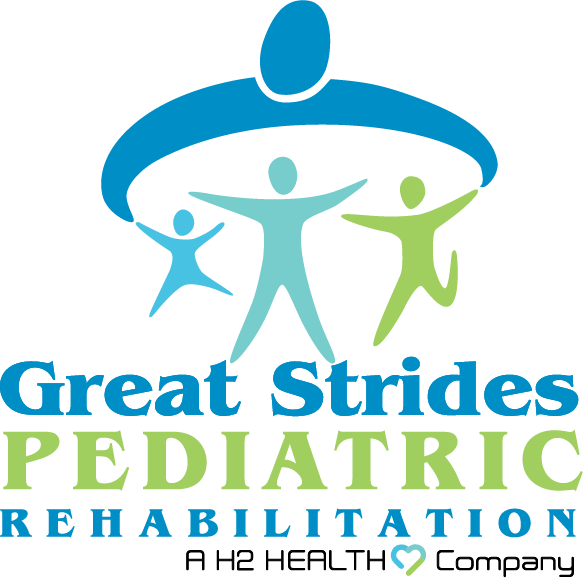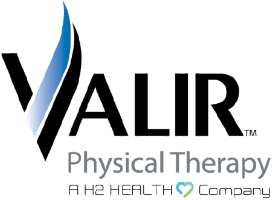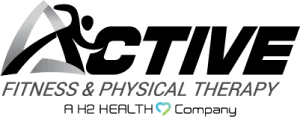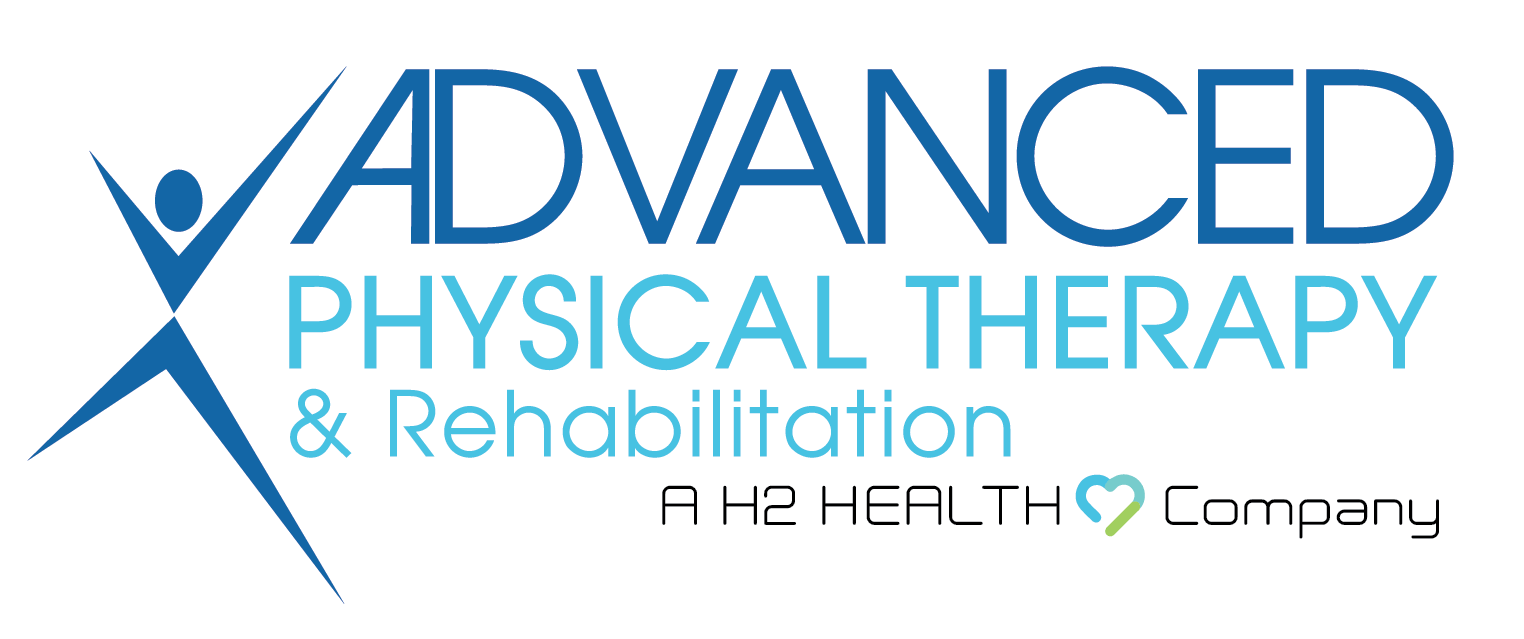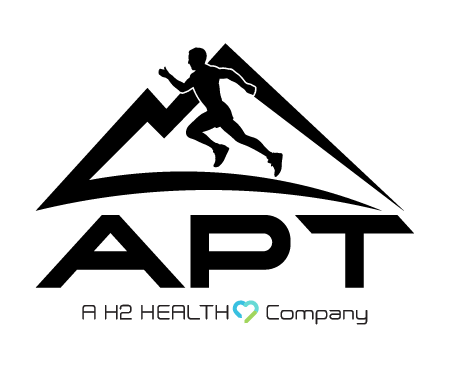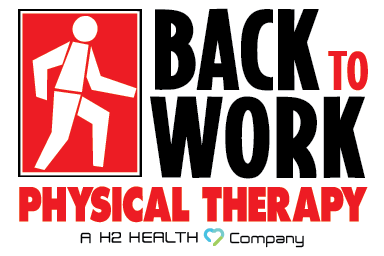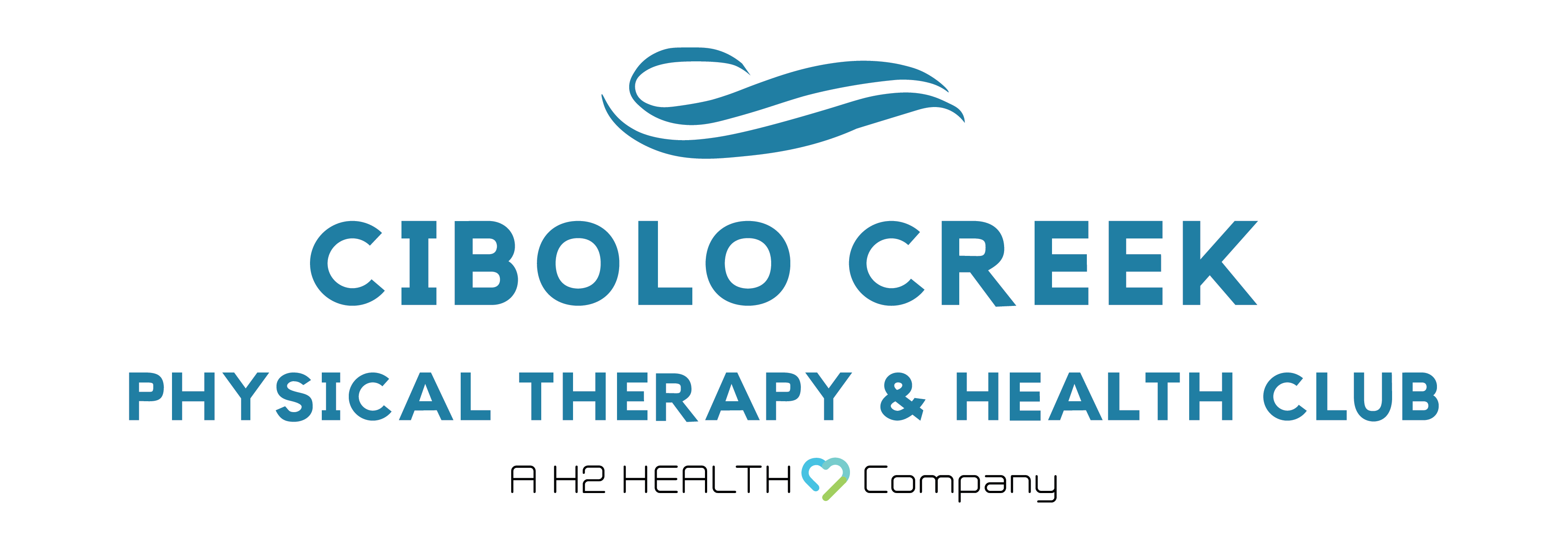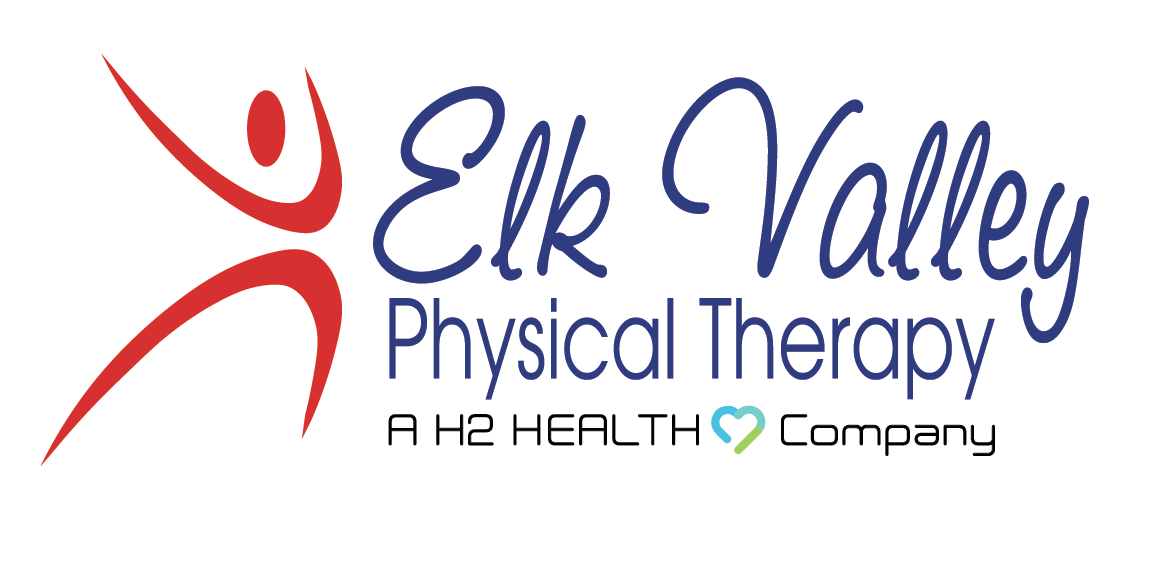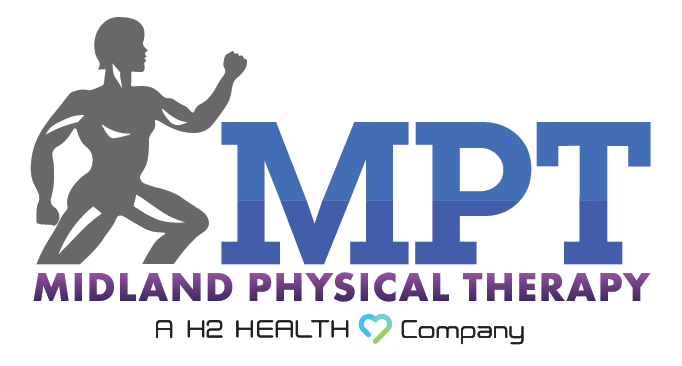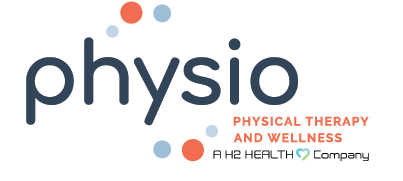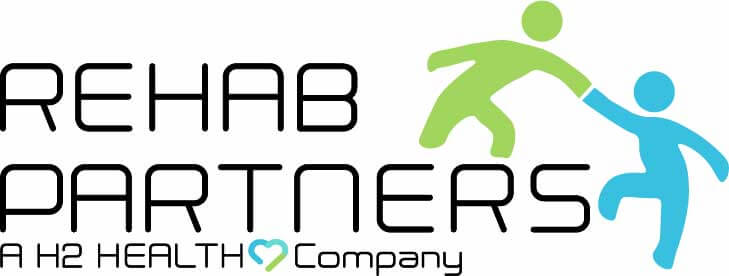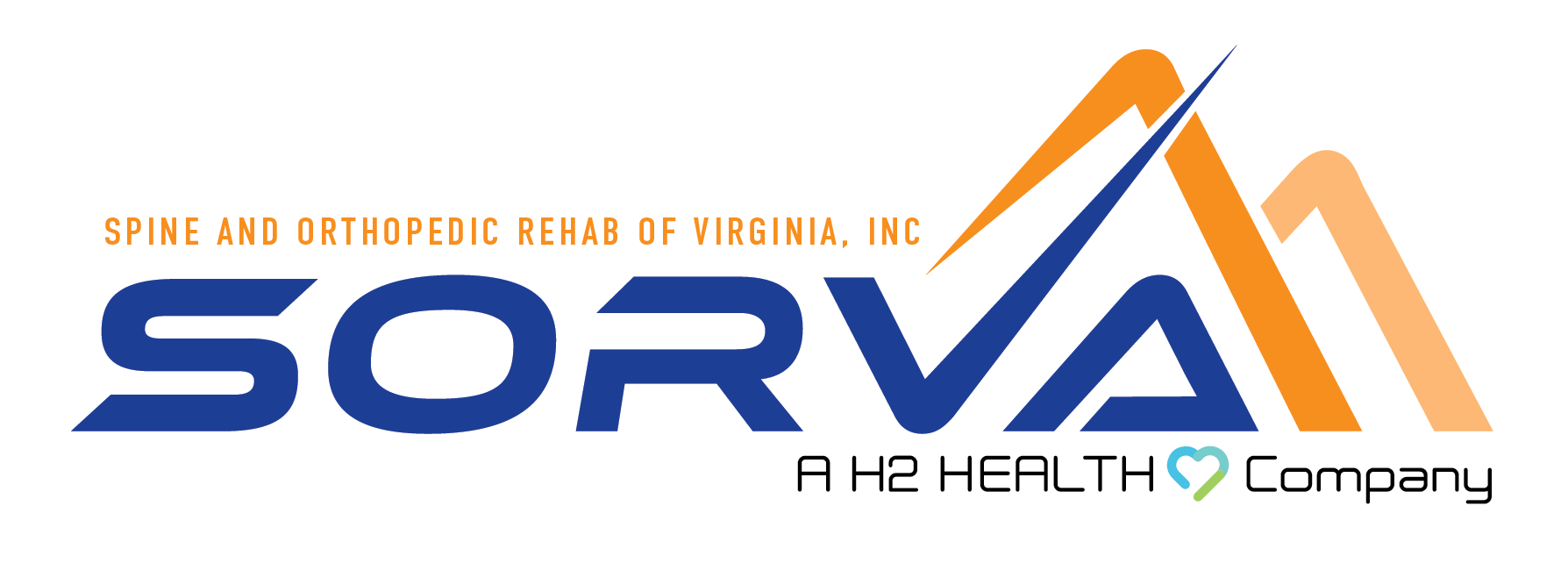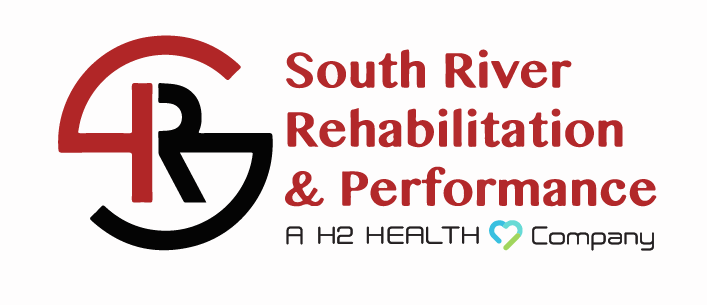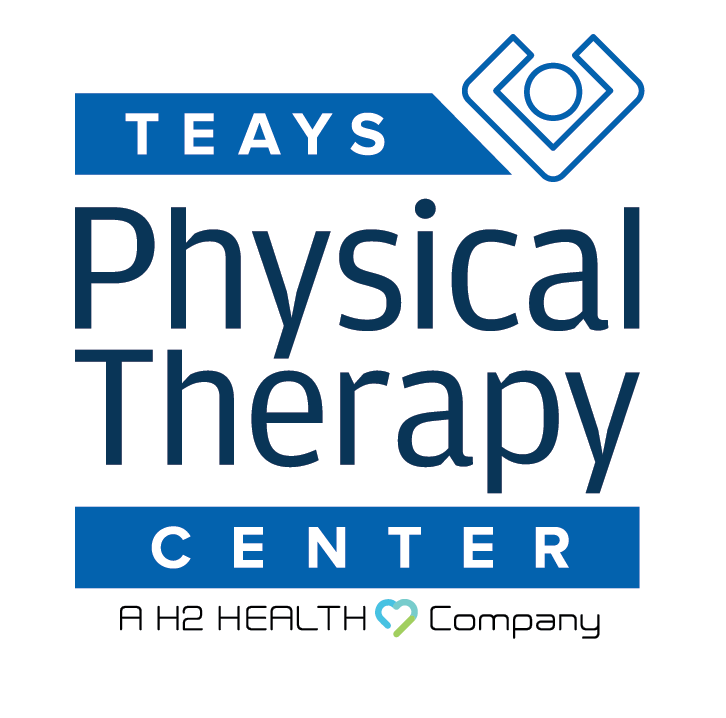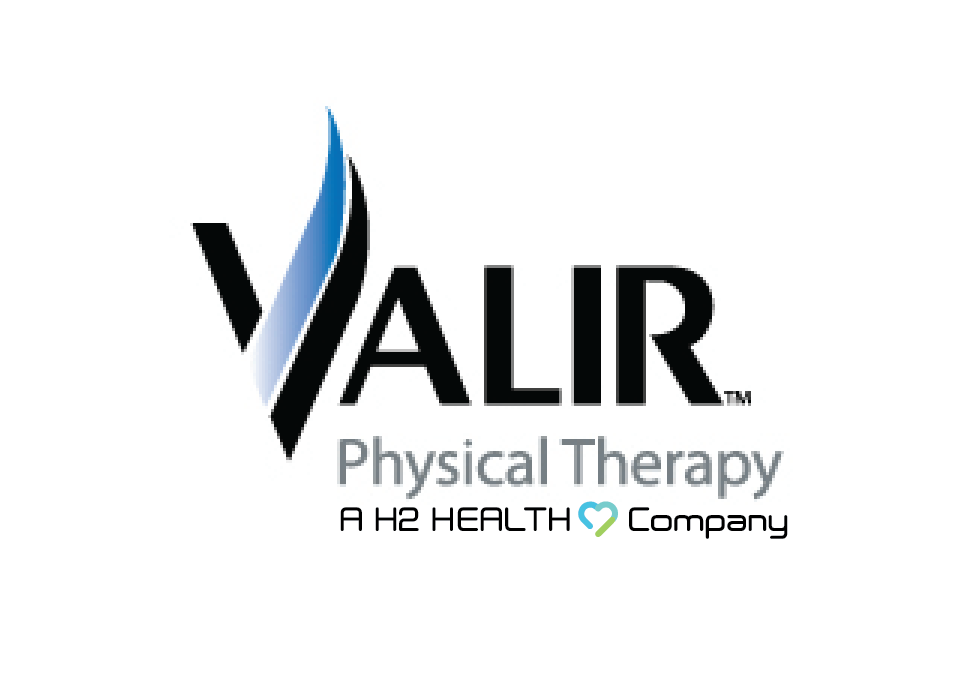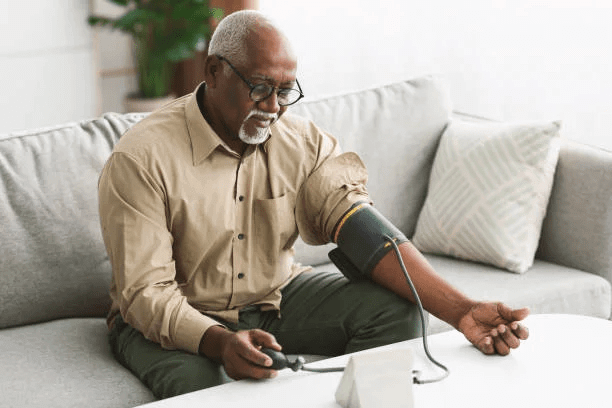
Physical therapy is an important aspect of post-stroke rehabilitation. It aims to help stroke patients relearn the motor activities necessary to improve movement and function for day-to-day living, such as standing, sitting, and walking. You can learn more about this type of rehabilitation below.
A stroke is a serious, life-threatening medical condition that requires immediate medical attention. It occurs when something blocks the blood supply to part of the brain or when a blood vessel in the brain bursts. A stroke prevents the brain from getting oxygen and the essential nutrients it needs in order to function properly. Depending on which area of the brain is affected and how long it lacks sufficient blood flow, a stroke can cause lasting brain damage, which in some cases, may lead to temporary or permanent disability. Early treatment is key in helping reduce brain damage and other complications.
Thanks to advances in diagnostic tools and emergency stroke treatment, there are more effective treatments available that can help limit damage to the brain and improve recovery from stroke.
Stroke Rehabilitation
Rehabilitation is designed to help someone who has had a stroke relearn the skills that are lost when part of the brain is damaged. It is also used to help prevent complications from developing, such as blood clots, pneumonia, urinary tract infections, and injury from falls. Rehabilitation utilizes a team of specialists and involves a combination of therapies to optimize how a person functions following a stroke. The aim of rehabilitation is to help a patient achieve and regain as much independence as possible and have a better quality of life.
Evidence shows that in order for patients to relearn lost skills, rehabilitation needs to be well-focused with repetitive practice, the same way a person does when they want to learn a new skill, such as playing an instrument. Repetitive practice helps rewire the circuits in the brain to other undamaged areas, which can allow patients to relearn skills (neuroplasticity).
How Physical Therapy Can Help
Physical therapists are medical professionals who promote, maintain, and restore health and specialize in treating disabilities related to motor and sensory impairments. They are valuable members of the stroke rehabilitation team. Their role is to evaluate and treat problems with movement, balance, and coordination in order to restore physical function.
Physical therapy is customized to the individual’s exact requirements and will vary depending on the part of the brain affected and the skills impaired by the stroke. This may result in mobility problems, weakness, lack of coordination, loss of sensation, or problems with hand grasping.
If the stroke has affected the part of the brain responsible for controlling movement, it can cause weakness or paralysis on one side of the body, or it may affect the ability to carry out everyday activities. A stroke may also cause other symptoms such as balance problems, muscle spasms, stiffness, or joint pain.
Physical therapy uses exercises and other techniques to help stroke patients relearn movement and coordination skills lost because of the stroke. A physical therapy program may include:
- Preventing complications and promoting recovery, such as chest physical therapy to keep lungs clear if the patient is unable to move.
- Help in managing fatigue during rehabilitation.
- Exercises to strengthen muscles, reduce stiffness, regain good range of motion, improve coordination and balance, and build stability and stamina.
- Help in relearning motor activities such as sitting, standing, walking, lying down, and the ability to switch from one position/activity to another.
- Learning to use assistive devices or equipment to allow more independence, such as a walking aid.
- Constraint-induced movement therapy (CIMT), aims to help patients regain upper extremity movement and function in an affected limb by immobilizing and restricting the use of the unaffected limb.
- Teaching patients how to adapt specific activities to improve independence, such as learning how to dress and bathe using only one hand.
How Long Will Therapy Last?
Once the patient has been assessed, the physical therapist will work with them to set realistic and achievable goals. Recovery can vary and will depend heavily on the severity of the stroke and the area of the brain affected. The quickest recovery takes place in the first weeks and months following a stroke, but it is an ongoing process and improvements may take longer.
Other Types Of Stroke Rehabilitation
As well to physical therapy, there are other types of therapy that may be used as part of rehabilitation, this can include:
- Occupational therapy – to improve motor and sensory abilities and help patients relearn skills to perform everyday activities, such as eating and drinking, dressing, grooming, and preparing meals.
- Speech and language therapy – to help patients relearn language and speaking skills, or other forms of communication.
Although rehabilitation cannot reverse brain damage, it can significantly help a survivor of a stroke achieve the best long-term outcomes.
Physical Therapy in Texas, Oklahoma, Florida, Pennsylvania, West Virginia, Virginia, New Jersey, Kentucky, Ohio, Maryland, and Georgia
If you or a loved one has experienced a stroke and are looking for comprehensive rehabilitative care, contact H2 Health. Our expert team of physicians, including physical therapists, occupational therapists, and speech therapists, can provide you with the expert care you need to make a successful recovery. We provide holistic care to patients. Our comprehensive outpatient rehabilitation services are customized to suit each patient’s individual needs. If you would like to learn more about our services or book a consultation, call us today at (800) 699-9395, or alternatively, you can contact us at one of our convenient locations.
